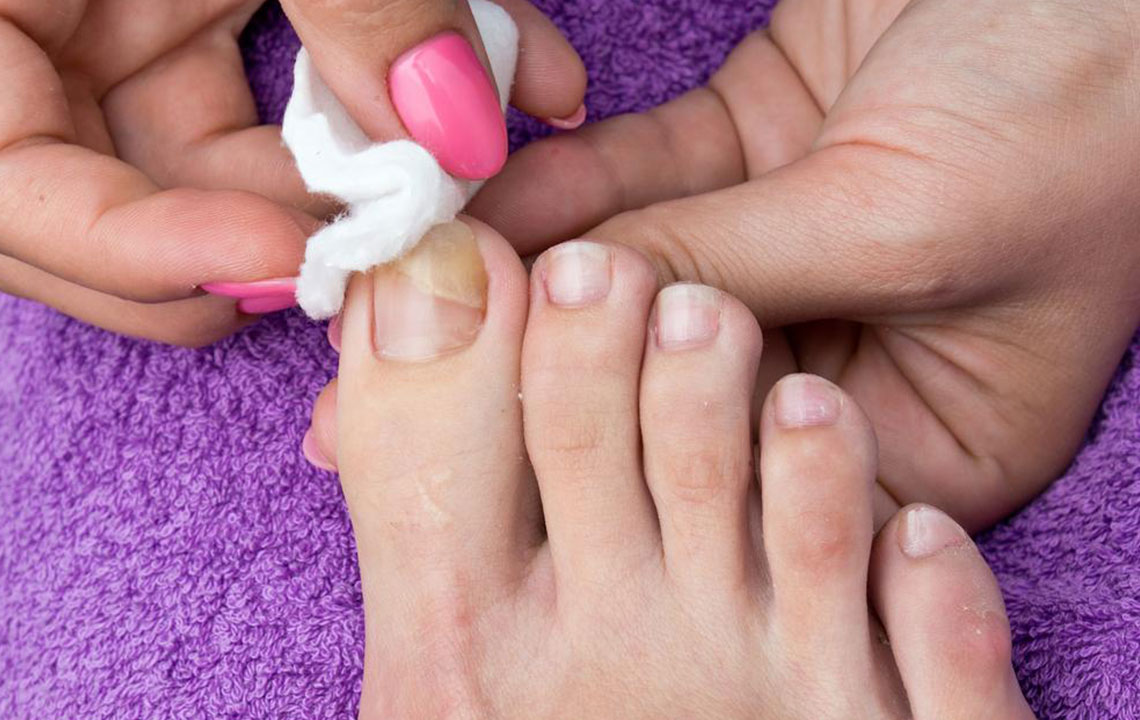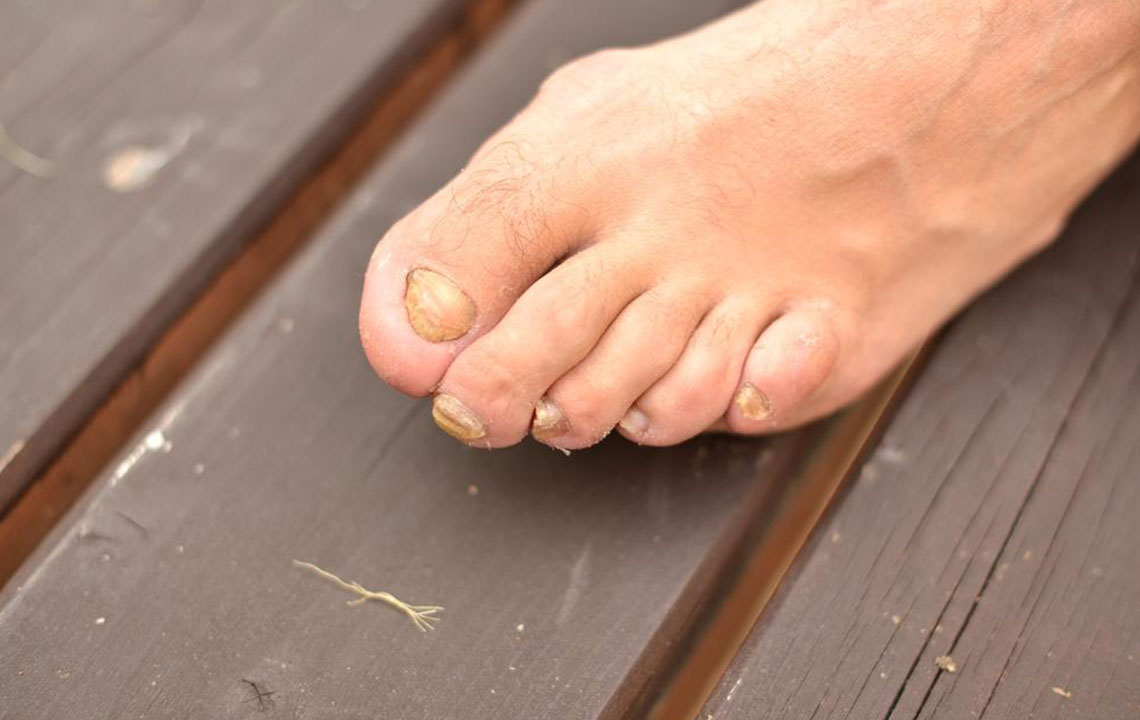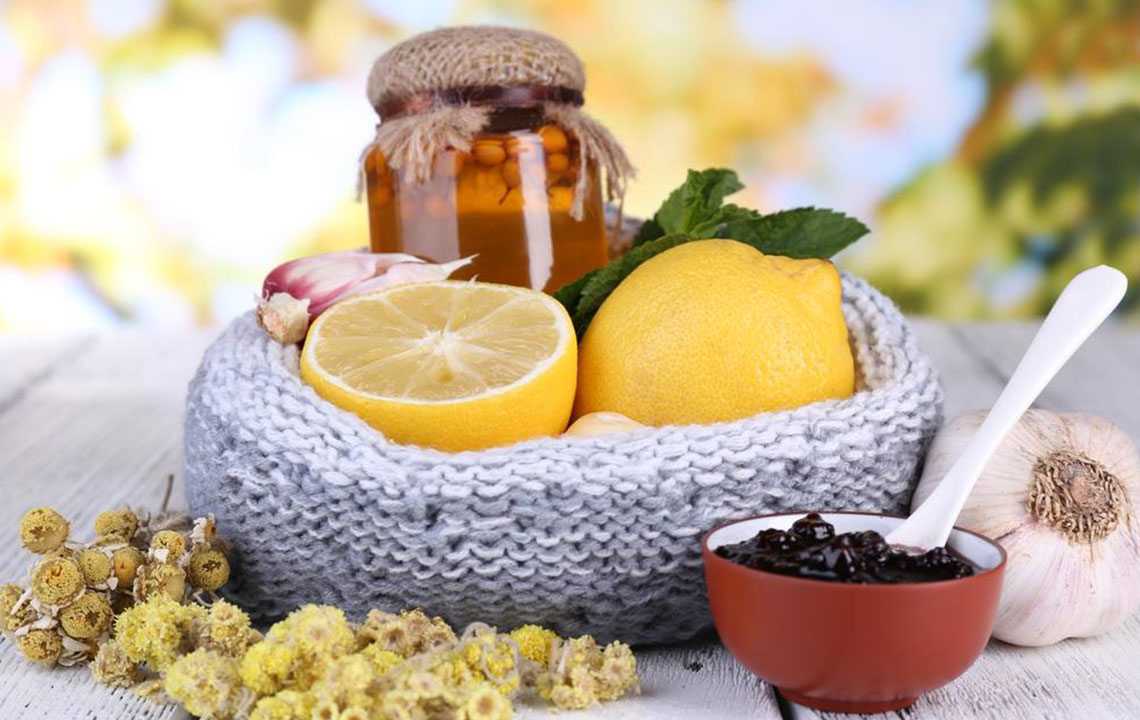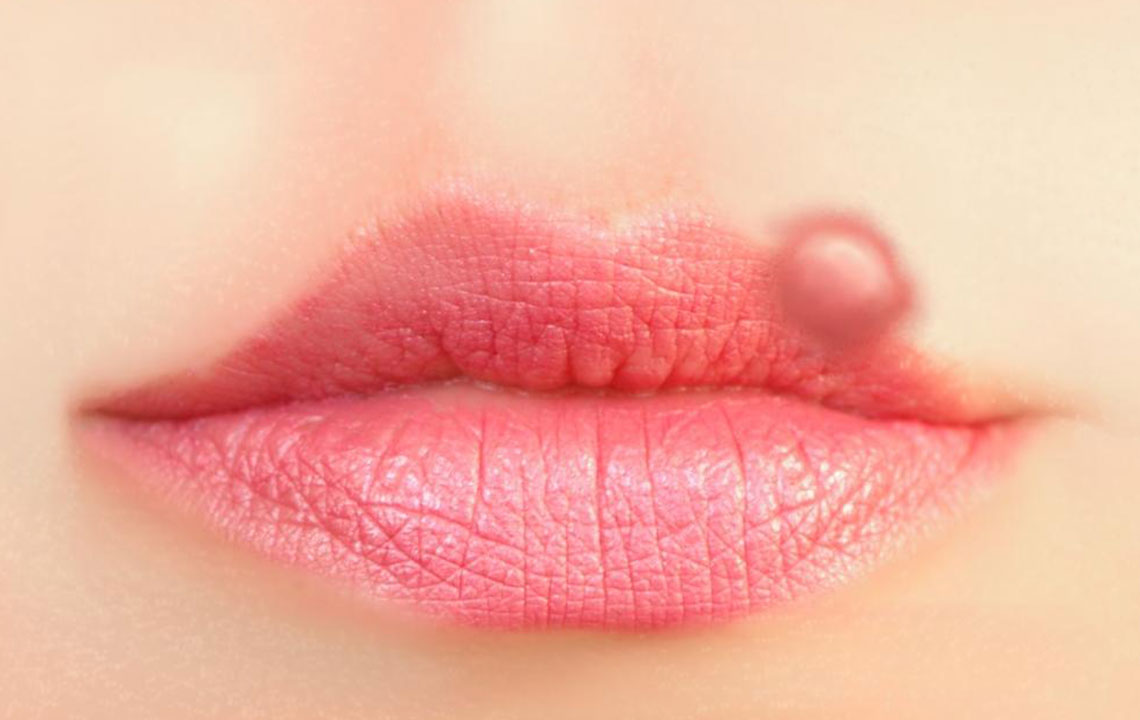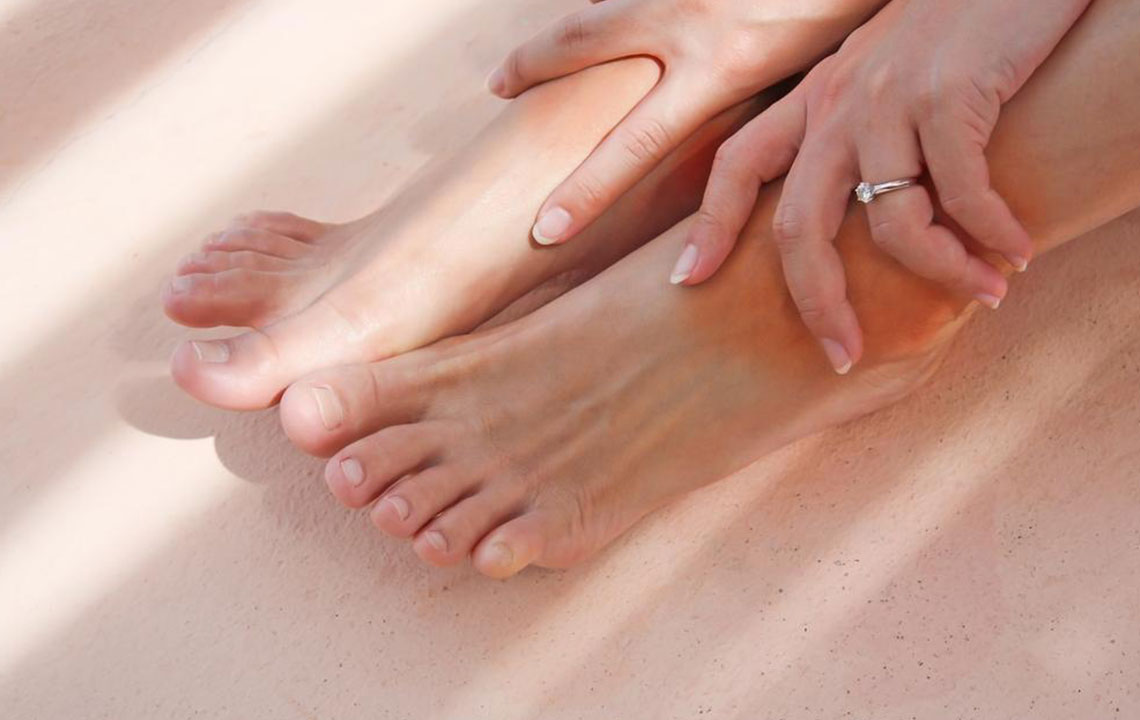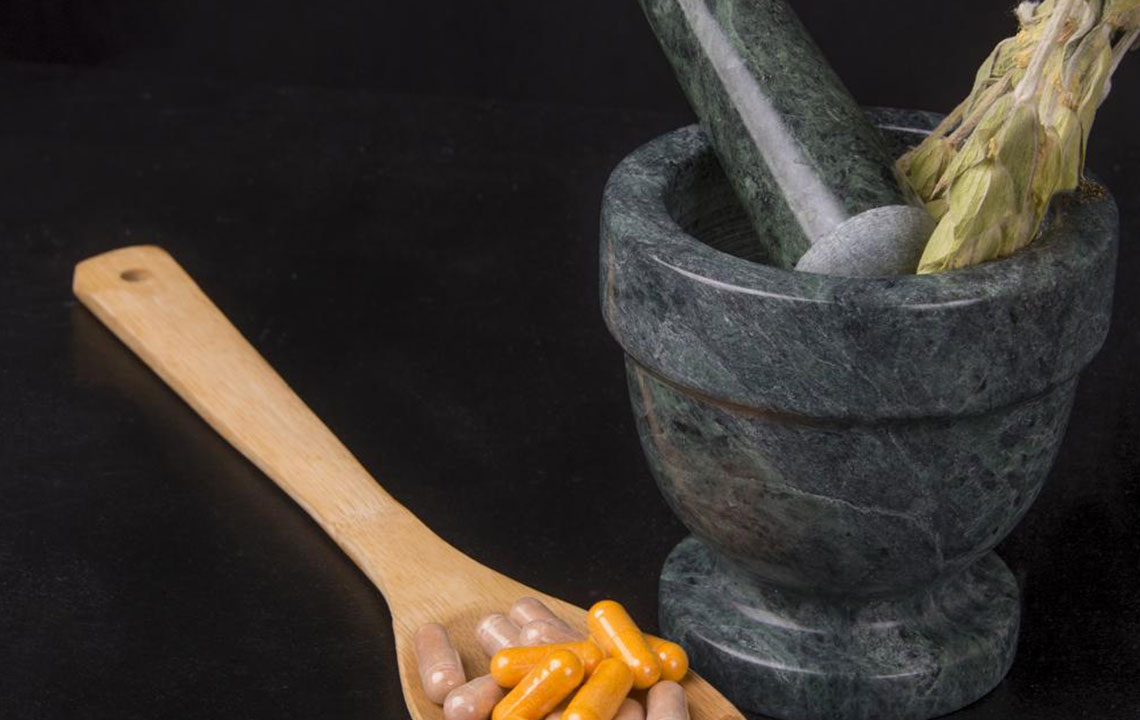Natural and Medical Strategies for Combatting Toenail Fungus
Discover effective healing strategies for toenail fungus, including both home remedies and medical approaches. From natural extracts like snakeroot and olive leaf to prescribed antifungal medications and surgical options, this guide covers comprehensive treatments. Emphasizing early detection, proper hygiene, and lifestyle adjustments, it aims to help individuals manage and prevent toenail infections efficiently. Consult healthcare professionals for personalized care, and follow natural remedies alongside professional advice for optimal results.
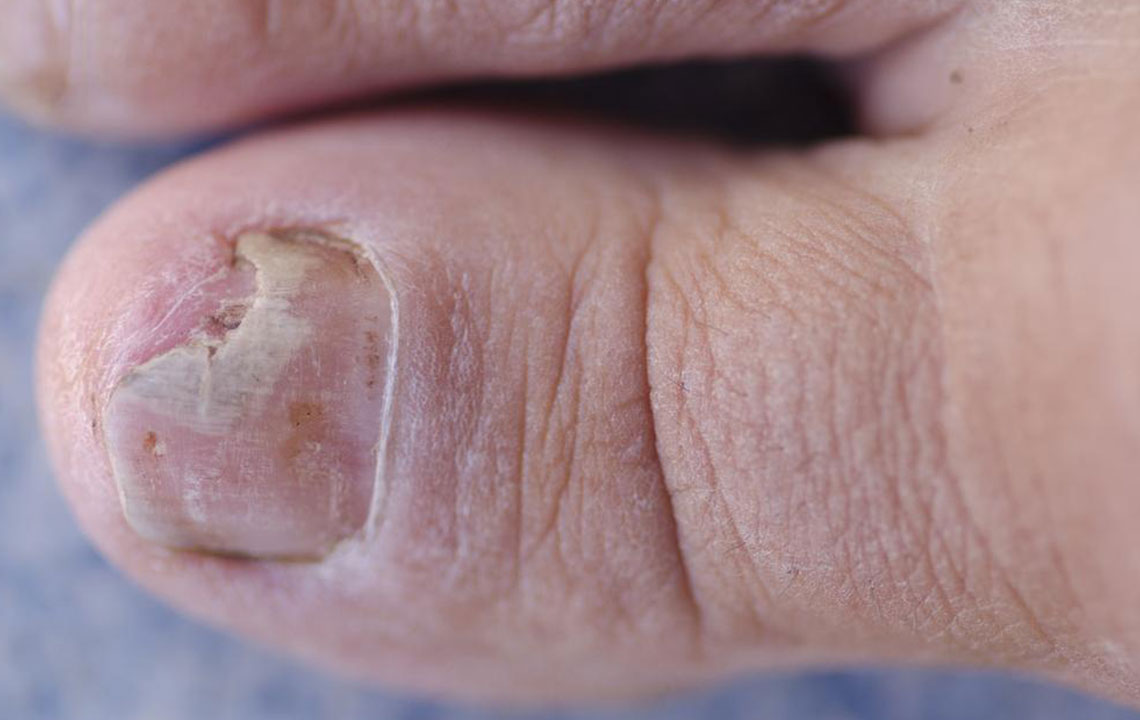
Natural and Medical Strategies for Combatting Toenail Fungus
A thin yellow or white spot beneath the toenail can be startling initially. However, this is typically a sign of toenail fungus, affecting individuals regardless of age. As the infection progresses, symptoms like nail discoloration, edge crumbling, or thickened skin may arise. Although toenail fungus primarily targets toes, it can also affect fingernails or other fingers. Recognizing early signs and seeking appropriate treatment can prevent further damage.
Most cases resolve with simple self-care measures, though severe infections might require medical intervention. It’s crucial to identify and eliminate the infection’s cause to prevent recurrence. Treating toenail fungus may involve home remedies or medications, but ongoing vigilance is essential to prevent relapse.
Toenail fungus treatment options The mildest cases are usually managed at home. Severe infections, sometimes mistaken for psoriasis, require consultation with a podiatrist or dermatologist. Professionals may examine scrapings from the affected area and perform lab tests to determine the precise cause.
Medications impacts vary per individual and should be used strictly as prescribed.
Oral antifungal medications- For faster results, doctors often recommend drugs like itraconazole or terbinafine. These help eliminate the fungus and promote new nail growth. However, prolonged use can cause side effects such as liver damage, especially when used without medical supervision.
Topical antifungal creams- For mild infections, medicated creams can curb fungal growth and prevent nail thickening. These are most effective when applied directly to thin, infected nails and surrounding skin.
Medicated nail lacquers- Applying antifungal nail polish like ciclopirox daily, with weekly removal, can inhibit fungal spread. This method is suitable for individuals at high risk of exposure to infectious agents.
Surgical interventions- In difficult or unresponsive cases, complete nail removal might be necessary, with antifungal treatments applied directly to the nail bed. Sometimes, nails are permanently taken out if they no longer respond to medication, to prevent ongoing infection.
Home remedies and natural treatments Natural approaches can complement medical treatments to effectively manage toenail fungus:
Diet modifications - Consuming a balanced diet rich in proteins, iron, vitamin D, calcium, and omega-3 fatty acids can bolster immune health. Incorporate probiotic-rich foods like yogurt to support recovery and prevent reinfection.
Snakeroot extract - Scientific studies highlight snakeroot as an effective natural remedy. Regular application can heal toenail fungus within three months, often showing benefits within the first few weeks.
Olive leaf extract - Oleuropein, present in olive leaves, has antifungal and antimicrobial properties. Using capsules or applying leaf salve can help clear infections. Drinking plenty of water enhances results.
Tea tree oil - This natural antiseptic and antifungal agent can be directly applied to the infected toenail twice daily using a cotton swab, promoting healing over time.
In addition to treatment, maintaining good hygiene, keeping toes clean, and choosing proper footwear are vital to prevent fungal infections.

